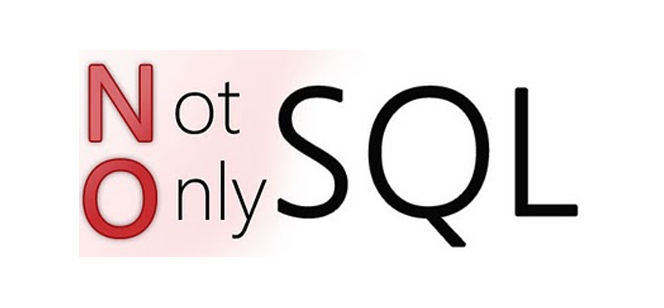When picking your web hosting company for the first time, it’s easy to get overwhelmed when you look through the options for what the host offers. Here, we present the top five most-used back-end technologies – and what they are good for!
1. PHP
The number-one server-side scripting language. Probably 90% of all the web applications you’ll find on the Internet are written in PHP, from blogs to bulletin boards to galleries to shopping cart applications. PHP is designed with the web enterprise in mind. In the case of Linux website hosting, it’s a lead-pipe certainty that this will be included.
PHP is *somewhat* easy to code in. If you’re familiar with application languages like C, C++, and Java, PHP borrows a lot of syntax from that. You can do quick edits yourself, especially considering that HTML code can sit line-by-line with PHP code, but major fixes should be left up to professional developers. PHP is also one platform that needs to be maintained – past versions have had shaky security, so you want the most up-to-date version.
2. MySQL
 Like PHP is the language of choice for server-side scripting, MySQL is the chosen database for websites – at least until you get into the big-business enterprise layer (where you’re doing the hosting yourself!). MySQL is everything you’d expect in a small database app – fast, convenient, with a clean syntax and a very low learning curve. Once you pick up a SELECT statement, you’ve pretty much mastered it.
Like PHP is the language of choice for server-side scripting, MySQL is the chosen database for websites – at least until you get into the big-business enterprise layer (where you’re doing the hosting yourself!). MySQL is everything you’d expect in a small database app – fast, convenient, with a clean syntax and a very low learning curve. Once you pick up a SELECT statement, you’ve pretty much mastered it.
There almost isn’t any competition for small database software at this point. MySQL just fits so nicely into this space, it is almost as much of a web standard as HTML itself!
3. Ruby on Rails
Ruby on Rails is the newest kid on the block. Ruby itself is a programming language. It is the most popular with the youngest generation of programmers. It is also the technology currently described as “sexy” – think trade journals and computer expos. Ruby is somewhat inspired by the languages Perl and Smalltalk, though in practice its more similar to Python. Ruby on Rails is the web development framework built around Ruby.
To hear the current generation of programmers tell it, Ruby is a near-Nirvana experience to code in. It needs to be, because it has problems with not scaling well and not being very fast. You’d be hard-pressed to find a major website which runs entirely in Ruby – instead it’s found wherever a garage start-up is just getting off the ground. However, Ruby is still a young language and it may yet find a more solid footing than being the current big fad.
4. Python
Python could almost be described as the most-hyped language before Ruby. Out of all of the technologies in this list, Python has the distinction of being deployed more for the desktop and application use than the web server. On the application side, it powers some of the most popular open source applications today, and has a thriving development community. Like Ruby, Python is a joy to code in.
However, like Ruby, Python also has a problem with speed. It is still faster than Ruby, and unlike Ruby, Python scales fantastically. When websites deploy Python, they tend to be major multi-national corporations. The reason for the scarcity of Python deployments on the web is also a matter of finding qualified programmers. In any case, Python brings a huge library, an even bigger development community than Ruby, and excellent security to the table.
5. Perl
Perl once ruled the web the way PHP does now. There days, you’re more likely to see Perl described as “old school” – it’s been a long time since the last release, and its creators, once hailed as coder demigods, now spend more time resting on their laurels. Perl is also finding fewer and fewer available coders. Not to start a flame war, but Perl may one day find itself in the position of being a legacy technology like COBOL.
Still, if you have a legacy server app that needs Perl, most Linux website hosting companies will toss it in. Perls’ two biggest strengths are speed and security. In fact, it is faster and more secure than any other platform listed here. However, it pays for that in developer pain. Its syntax is best described as looking like a trail of random punctuation marks, and the language is so huge with the motto “There’s more than one way to do it!” as its most-cited value, that anything written in Perl is considered “write-only.”


